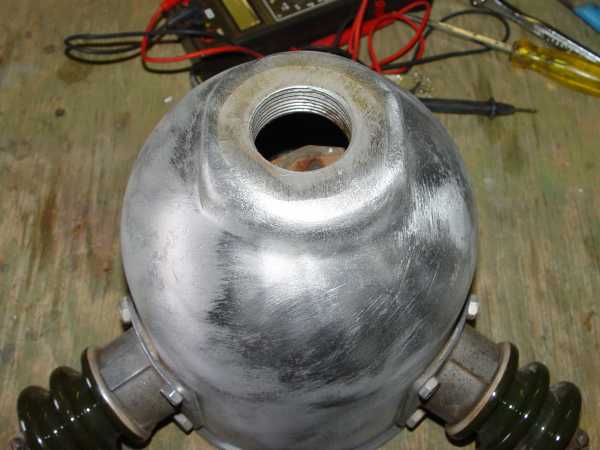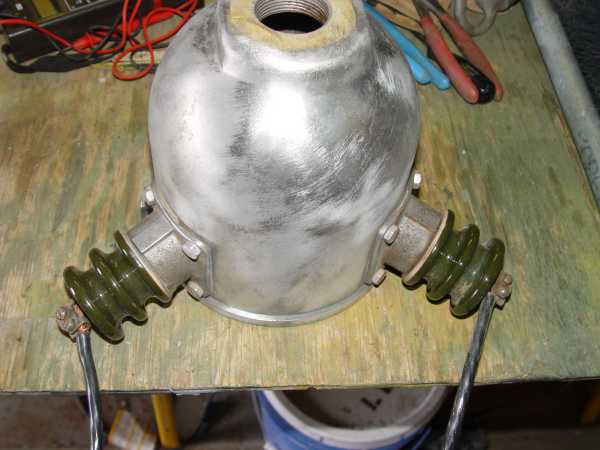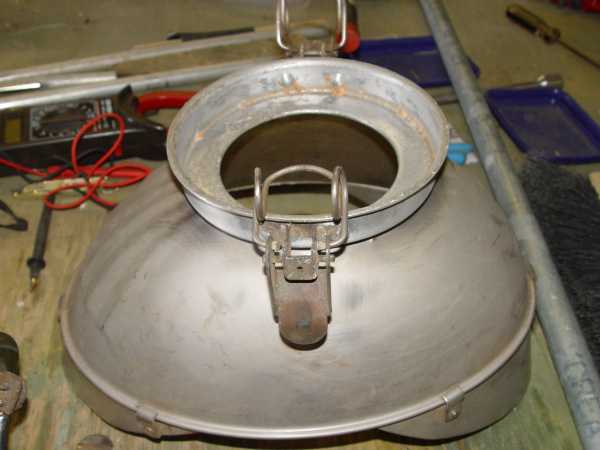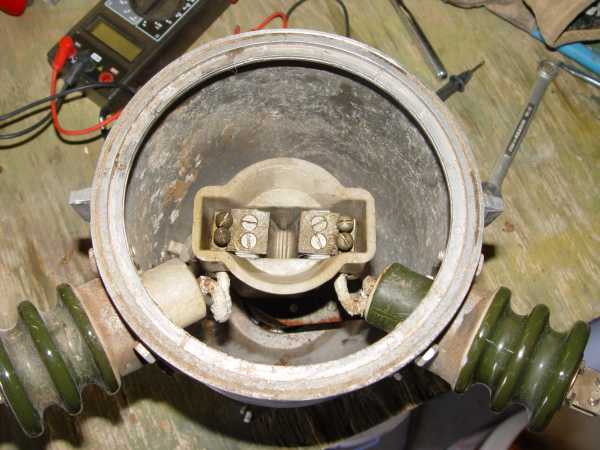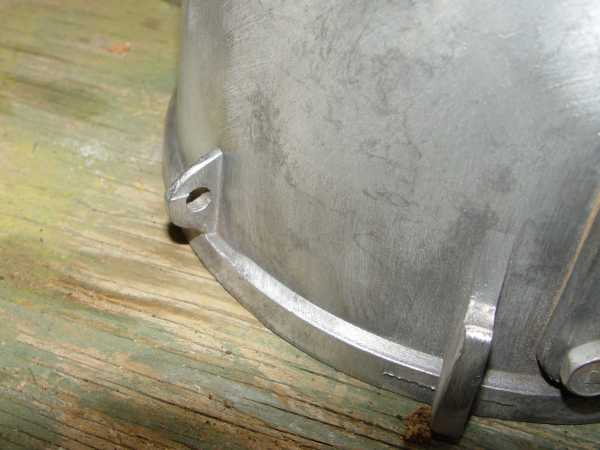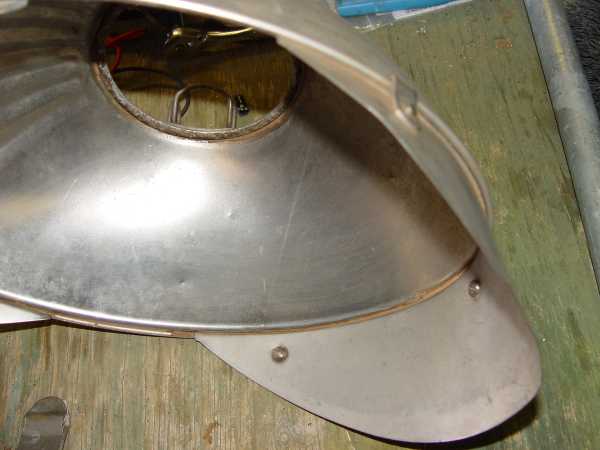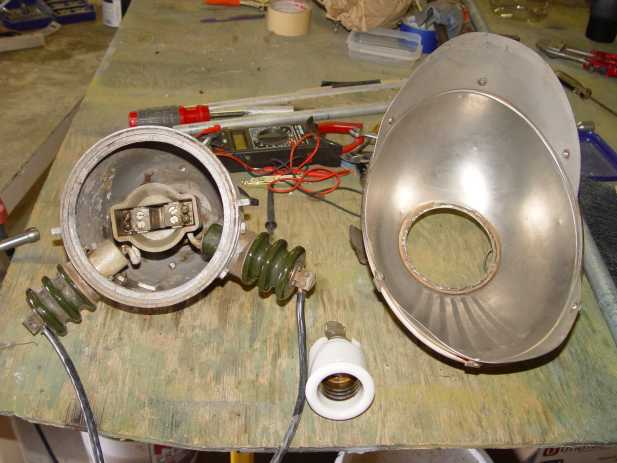Willis Lamm's
|
|
General Electric (GE) Form 79SO Series Street Light |
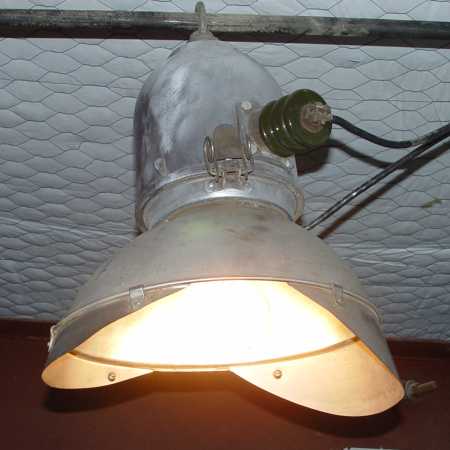
|
Early street lights evolved from lanterns to gas lamps to high voltage arc lamps to incandescent lamps. Generally light was cast in all directions either through various styles of glass refractors or by radial wave reflectors. It helped pedestrians and downtown shopkeepers when street lights lit up everything nearby.
However when street lights found their way out into residential neighborhoods that had narrow lanes for streets, the relatively uniform spread of light could be annoying for residents whose houses were placed fairly close to the street. One of the ways in which light could be better directed up and down the street, but be minimized with respect to areas beyond the street's pavement, was the Form 72SO, often called an "admiral's hat" or "crescent moon" street light. The Form 79SO in the collection is the all aluminum version of the original ceramic bodied luminaire. In some respects the Form 72SO was a precursor to the modern day cutoff luminaire since light is primarily directed by the design of the reflector. Records suggest that the later version of this design was also cataloged as a Form 7980. |
| Components of the Luminaire |
| Some of the early GE luminaires have no brand markings. Here are some photos that may help with identification. |
GE Product line from the 1940s
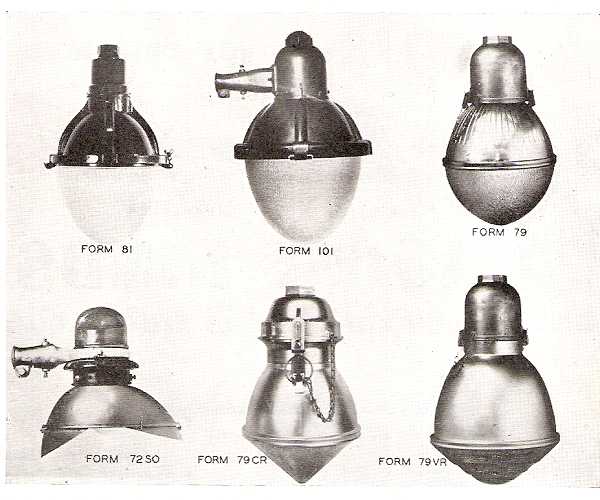
|
Provenance. My first "collected" street light was an admiral's hat on a NEMA luminaire courtesy of some termites that brought down a utility pole, and the Town of Waynesville (NC) electrical crew who allowed me to retrieve it from the garbage bin. It was pretty beaten up but a real treasure for an eight year old. As a child I couldn't bring the light out west on the airplane so it got left behind. Some 50 years later I found this nearly identical admiral's hat from a seller in nearby Greenville, SC and of course I had to have it!
Here's how the admiral's hat compares with the more conventional radial wave on the same luminaire. |
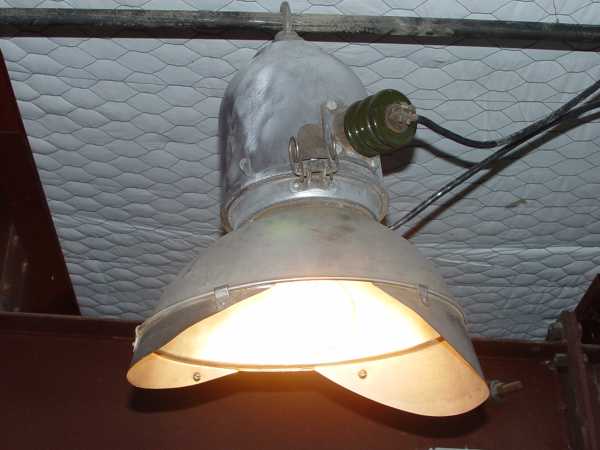
|
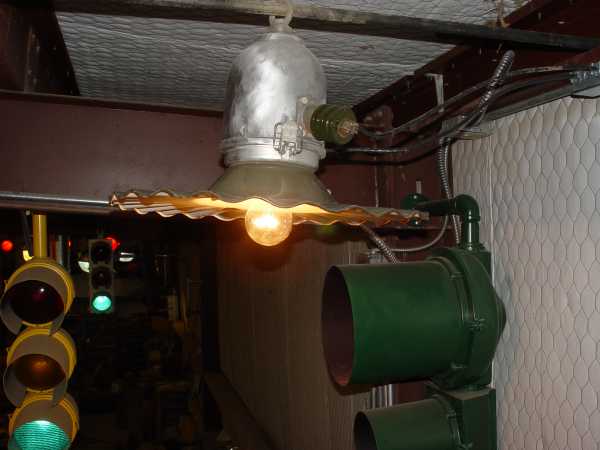
|
Continue to
GE Form 110SO Street Light
